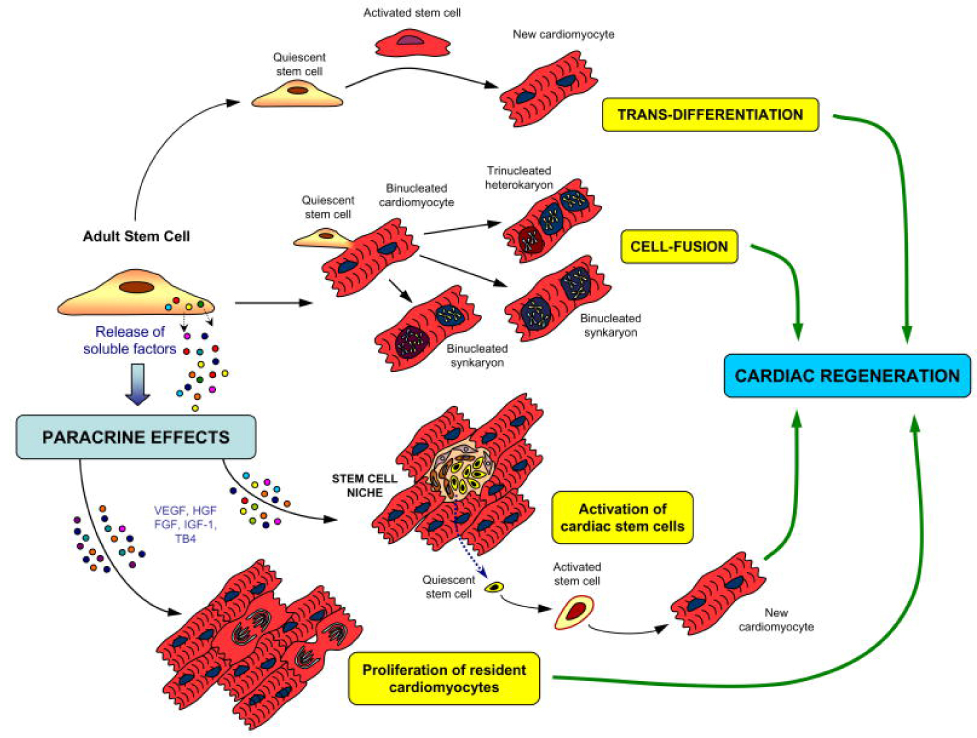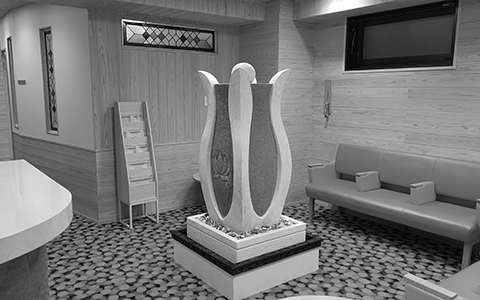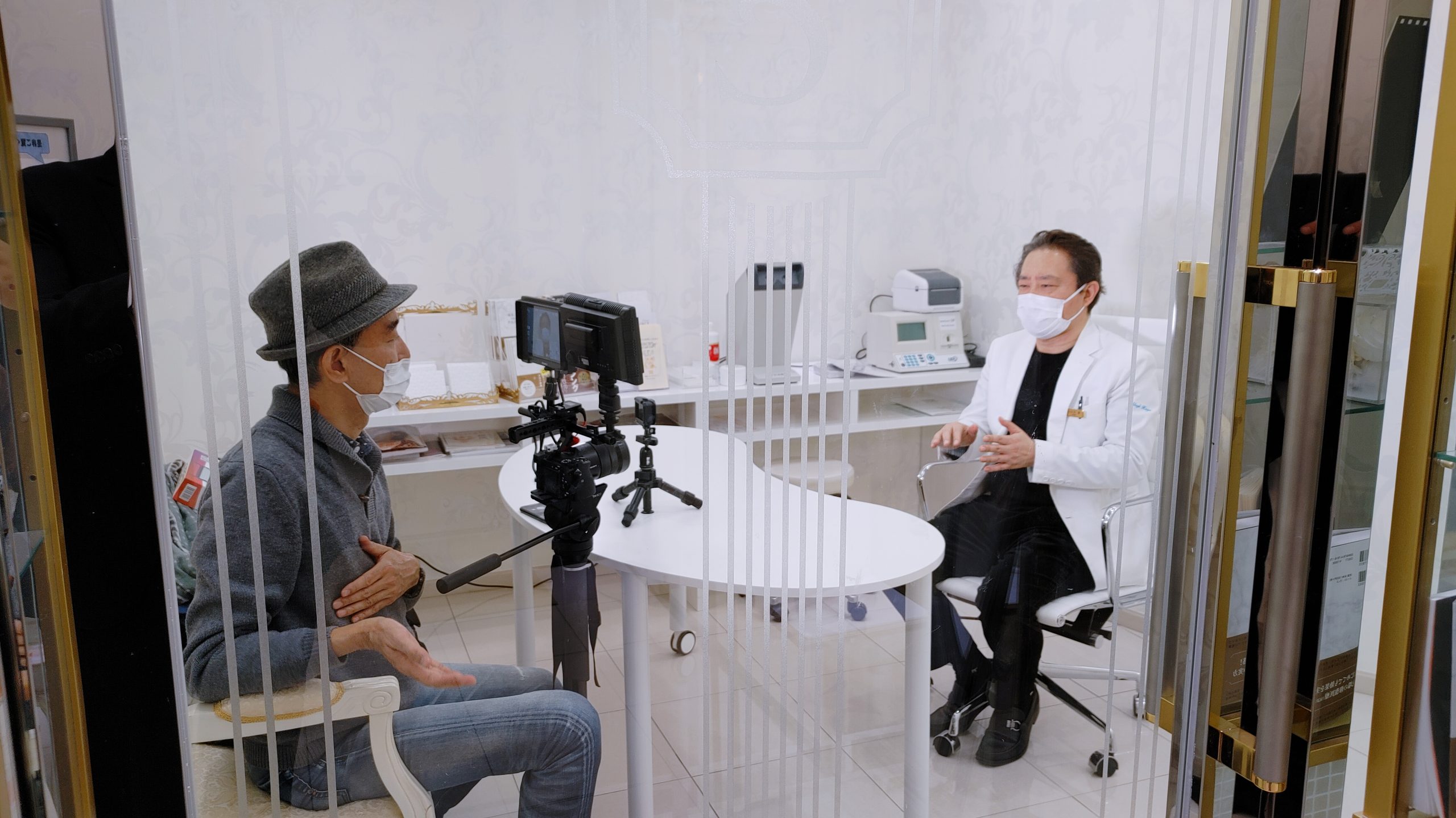Stem cell transplantation-based regenerative medicine is approaching a turning point with new methods. Stem cells are no longer the main actors; rather, it has been demonstrated in various studies that the liquid components produced by stem cells (SGF®) repair organs alongside one’s own stem cells.
As a result, longstanding challenges associated with traditional stem cell transplantation, such as carcinogenesis, standardization, administration methods, shelf life, and cultivation methods, are being addressed. This has led to the emergence of a new field called “restorative medicine” facilitated by SGF®.
In comparison to liver cell transplantation, SGF® is considered safer as it does not involve cell transplantation, reducing the risk of tumorigenesis.
Furthermore, SGF® offers the advantage of using standardized quality products. Its potential for mass production and efficient administration methods allows for cost-effective utilization across a wide range of diseases. Administration methods include intravenous infusion, local administration, nasal sprays, etc., which are minimally invasive with minimal reported side effects.

Potentially, ASCs may lead to cardiac regeneration via different mechanisms. Transdifferentiation into newly formed cardiomyocytes has been the first proposed way. Cell fusion of stem cells with native cardiomyocytes represents a second possibility but the biological meaning of this event remains unclear. Finally, soluble paracrine factors released by the stem cells may induce activation, migration and differentiation of CSCs and/or enhance proliferation of resident cardiomyocytes.Soluble paracrine factors released by stem cells may induce activation, migration, and differentiation of CSCs, and/or enhance proliferation of resident myocardial cells.
Diseases for which effects can be expected
- Diabetes
- Liver disease
- Kidney disease
- Atopic dermatitis
- Rheumatoid arthritis (joint pain)
- Erectile dysfunction (impotence)
- Vascular endothelial cell damage due to hypertension
- Osteoarthritis of the knee
- Sequelae of cerebral infarction


